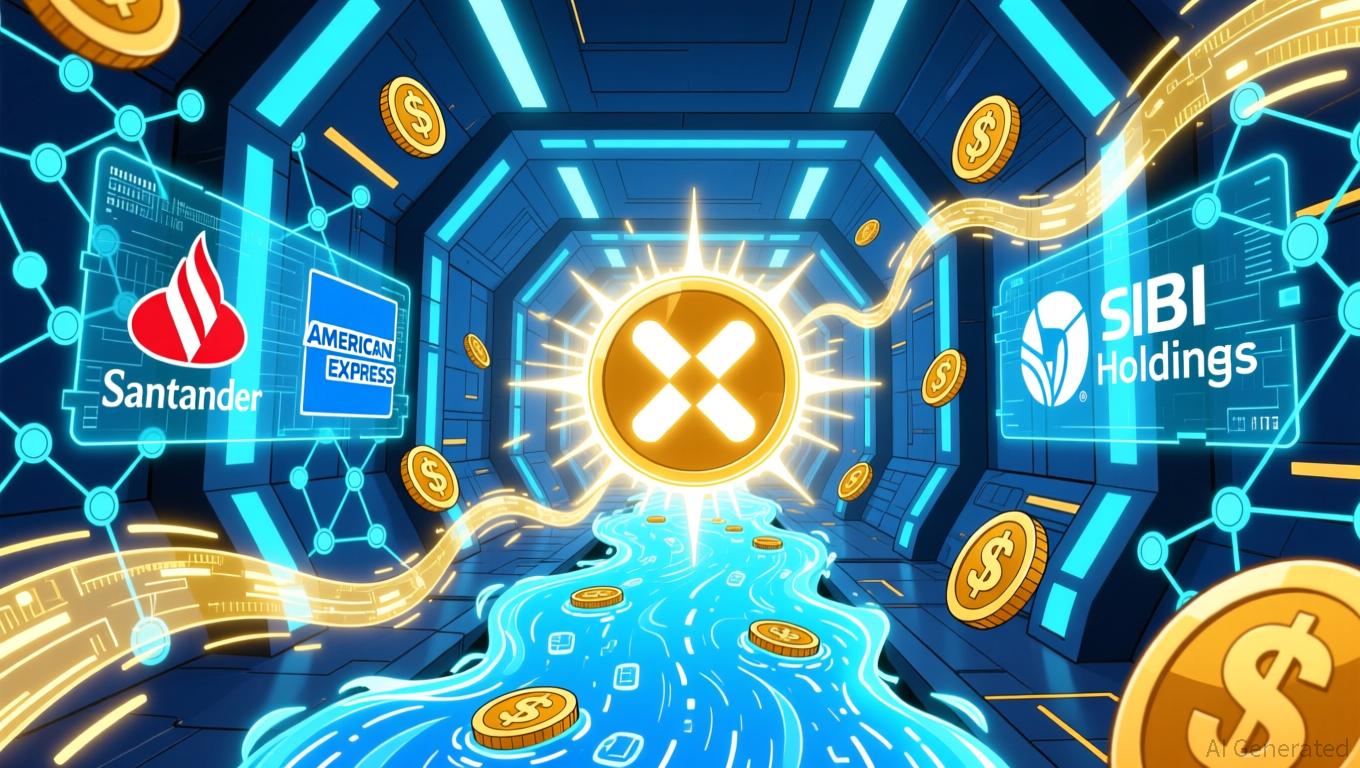News
Stay up to date on the latest crypto trends with our expert, in-depth coverage.

- Bitcoin's velocity RSI hits historic lows, signaling potential bear market bottom at $87k. - Unusual long/short ratios and rising ALT/BTC metrics suggest capital shifts and momentum exhaustion. - Market remains bearish with $1T+ wiped, ETF outflows, and whale BTC transfers to exchanges. - Analysts cautiously optimistic about $200M+ ETF inflows or $80,400 support holding as key inflection points.

Aptos tops stablecoin inflows with $426.8M added in 24 hours, signaling strong investor interest.Why This Surge MattersWhat This Means for Aptos and Crypto Markets

Grayscale expects Bitcoin to hit new highs in 2025, challenging the long-held four-year cycle theory.Grayscale Cites Maturing Market and Institutional GrowthWhat Could This Mean for Investors?

Tom Lee sees attractive risk/reward in BTC and ETH despite recent price drops and strong fundamentals.Tom Lee Sees an Opportunity in the DipWhat’s Next for Crypto Investors?

A Bitcoin miner wallet from 2010 just transferred 50 BTC worth $4.33M after 15.7 years of inactivity.A Window Into Bitcoin’s Early DaysWhy Does It Matter?

Bitcoin mining profits plunge as hashrate revenue drops below break-even costs, causing major concerns for public miners.Hashrate Surge and Difficulty Add to Miner StrugglesWhat’s Next for the Mining Industry?

After closing a $910K profit short, trader pension-usdt.eth opens a bold $56M ETH long position.A Calculated Bet on Ethereum’s UpsideMarket Watching the Whales

- Grayscale XRP Trust (GXRP) launches on NYSE, joining 3 XRP ETFs as institutional adoption accelerates post-SEC legal resolution. - Ripple's XRP gains traction in cross-border payments via partnerships with Santander , SBI, and Amex , competing with stablecoins/CBDCs. - XRP faces challenges: declining ledger transaction volume, banks favoring ODL corridors over direct XRP holdings, and stablecoin competition. - ETF allocations remain in cold storage, limiting on-chain demand, while 2026 price forecasts hi

- Webster , NY, is redeveloping the Xerox campus with a $9.8M FAST NY grant, transforming a 300-acre brownfield into a high-tech industrial hub. - Infrastructure upgrades, including roads and sewer systems, aim to attract $1B+ in private investment, exemplified by a $650M fairlife® dairy plant creating 250 jobs. - Parcel subdivision and municipal boundary adjustments eliminate jurisdictional barriers, enabling scalable development and attracting manufacturers requiring contiguous land. - Industrial vacancy

- Cryptocurrency markets collapsed in late 2025, with Bitcoin dropping 31% as $1.2T in value vanished amid liquidity crunches and macroeconomic pressures. - Analysts attribute the selloff to thin trading during holidays, BoJ rate hike speculation, Chinese crackdowns, and Tether/MicroStrategy risks. - MicroStrategy's potential Bitcoin sales and Fed policy shifts highlight institutional influence over volatility, contrasting past retail-driven crashes. - Market maturity is tested as Bitcoin approaches $60K s
- 15:49The US Dollar Index (DXY) has pulled back in the short term and is now at 99.38.According to ChainCatcher, citing Golden Ten Data, the US Dollar Index (DXY) has dropped by more than ten points in the short term and is currently at 99.38.
- 15:43"Big Short" Michael Burry: Bitcoin is the "tulip bulb" of our era and has no valueBlockBeats News, December 2, according to businessinsider, Michael Burry, the prototype of the movie "The Big Short" and a well-known investor, referred to bitcoin as "the tulip bulb of our time" in a podcast hosted by Michael Lewis, the author of "The Big Short," which aired on Tuesday, alluding to the tulip market crash in the 1600s caused by speculative bubbles. Burry said: "I think bitcoin reaching $100,000 is the most ridiculous thing." He described this cryptocurrency as "worthless." Burry also told Lewis: "Bitcoin is even worse than tulip bulbs because it has fueled the deep development of a lot of criminal activity."
- 15:43The "new 100% win rate trader" shorted 500 BTC with 40x leverage.BlockBeats News, December 2, according to monitoring by Lookonchain, a certain trader is currently maintaining a 100% win rate. In the past 11 days, the trader has completed 9 trades, earning a profit of $2.12 million. Currently, the trader is shorting 500 bitcoin (approximately $43.88 million) with 40x leverage, with a liquidation price of $93,392.53.